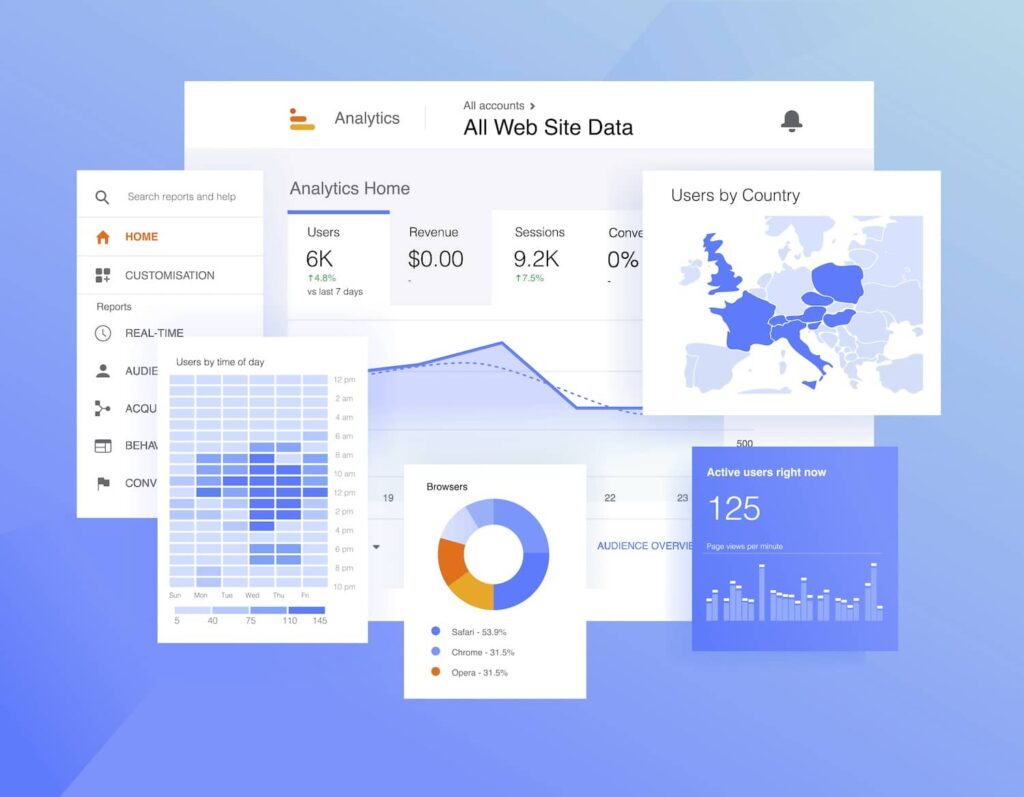Introducing the Influence of Second Measurement in Google Analytics on Information Evaluation and Insights
In the realm of information analytics, the use of additional dimensions within Google Analytics has become a crucial tool for extracting much deeper insights and unraveling facility patterns that may otherwise continue to be covered. By peeling off back the layers of key data collections, additional measurements offer a nuanced viewpoint that improves the understanding of individual habits, web site efficiency, and the effectiveness of advertising strategies. The true effect and untapped potential of second dimensions are usually ignored, eclipsed by the attraction of key metrics. As we navigate through the complex landscape of information evaluation, the importance of additional measurements becomes significantly obvious, dropping light on important details that hold the trick to notified decision-making and strategic optimizations.
Checking Out the Idea of Secondary Dimensions
Additional measurements in Google Analytics offer added insights by permitting users to examine main information in conjunction with a second quality. By including secondary measurements, customers can delve much deeper right into the data and discover valuable relationships that could otherwise go undetected - what is a secondary dimension in google analytics.
By exploring the numerous additional measurements offered in Google Analytics, users can unlock new understandings and optimize their electronic marketing initiatives. In essence, secondary dimensions serve as an effective tool for improving data evaluation and driving actionable outcomes.
Enhancing Data Interpretation With Second Measurements
Having actually established the fundamental understanding of additional dimensions in Google Analytics and their critical role in information analysis, the focus currently moves in the direction of leveraging these second credit to improve the interpretation of analytics data (what is a secondary dimension in google analytics). By incorporating second dimensions into data evaluation, analysts can obtain deeper understandings into user habits, site efficiency, and marketing performance

Moreover, additional dimensions aid in contextualizing primary data metrics by giving extra layers of information. This contextualization help in comprehending the 'why' behind the data fads, assisting experts make notified optimizations and choices to improve total performance. Inevitably, integrating secondary measurements enriches the information interpretation procedure, causing more purposeful insights and strategic activities.
Uncovering Hidden Insights Via Second Dimensions
Exploring the midsts of analytics information with secondary measurements exposes useful insights that would certainly or else remain covered. By integrating second dimensions in Google Analytics, businesses can uncover surprise patterns, trends, and relationships that offer an even more detailed understanding of user actions and website efficiency. These additional layers of data permit analysts to dig much deeper right into the key measurements, such as web traffic resources or landing web pages, and obtain a more nuanced point of view on just how various variables interact with each other.
With using secondary dimensions, analysts can section and contrast data throughout numerous dimensions, enabling them to determine details elements that influence individual engagement, conversion prices, and overall success metrics. For instance, by combining the main measurement of 'tool group' with the second measurement of 'age,' online marketers can identify which age demographics prefer accessing the my sources site through mobile phones versus desktop click over here now computers. This degree of granularity encourages businesses to make data-driven decisions and enhance their methods for far better outcomes. Eventually, revealing hidden insights via second dimensions boosts the depth and accuracy of data evaluation, bring about more educated decision-making and boosted efficiency end results.
Leveraging Additional Dimensions for Actionable Analytics
Structure upon the insights unveiled via additional dimensions in Google Analytics, organizations can now harness this enriched information landscape to drive actionable analytics and critical decision-making. By leveraging additional measurements, organizations can dive deeper right into their data to draw out valuable patterns, fads, and relationships that may have previously gone unnoticed. This deeper level of evaluation allows companies to gain a much more extensive understanding of customer habits, campaign efficiency, and general site effectiveness.
One key benefit of utilizing second dimensions for actionable analytics is the ability to section information based upon certain standards. This segmentation permits services to customize their campaigns and approaches to different target market groups, bring about extra targeted and efficient advertising and marketing efforts - what is a secondary dimension in google analytics. In addition, additional dimensions offer an even more all natural sight of user interactions, enabling companies to enhance their internet site web content, layout, and total user experience
Maximizing Decision-Making With Additional Measurements
To improve calculated decision-making in analytics, leveraging additional measurements in Google Analytics can give an extra nuanced perspective on user habits and project performance. By integrating additional dimensions into data evaluation, businesses can delve much deeper right into the specifics of their website click reference visitors' interactions and interaction patterns. This extra layer of info enables for a much more thorough understanding of just how various variables, such as demographics, gadgets, or website traffic sources, impact essential efficiency indications.

Final Thought
Finally, the usage of additional measurements in Google Analytics plays a vital function in improving data evaluation and discovering concealed insights. By exploring this idea, one can gain a deeper understanding of individual behavior and make informed choices based on actionable analytics. Leveraging second dimensions enables an extra extensive analysis of information and maximizes the efficiency of decision-making procedures.
